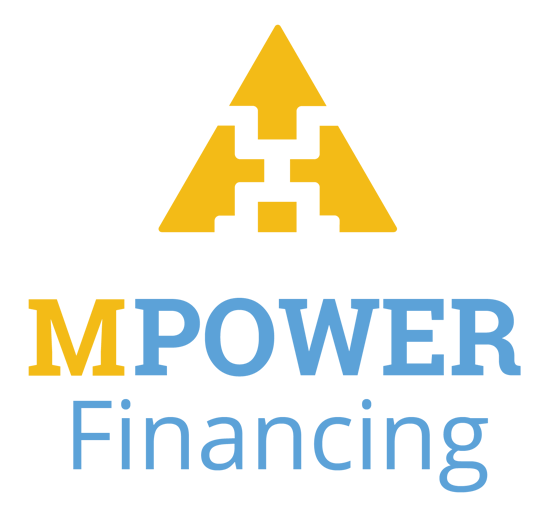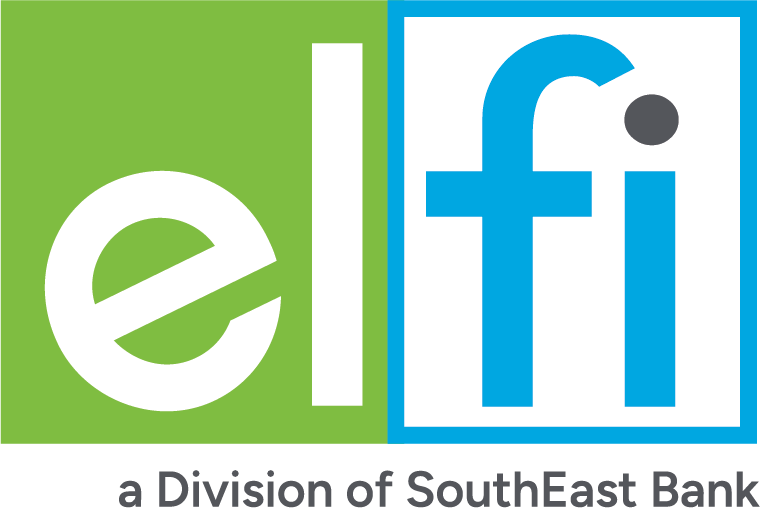A Guide to College Loans for Low-Income Students
A low income can make paying for college difficult, but you have options.
Many, or all, of the products featured on this page are from our advertising partners who compensate us when you take certain actions on our website or click to take an action on their website. However, this does not influence our evaluations. Our opinions are our own. Here is a list of our partners and here's how we make money.
Paying for an undergraduate degree might feel overwhelming, even more so if you come from a low-income background. But you have options for covering your college expenses — and some are only available to students who can show they have financial need for support.
From financial aid packages and scholarships to federal loans, you can pay for college with a mix of sources. Your income doesn’t have to be an insurmountable barrier to education.
Here’s what you need to know about low-income student loans.
1. Fill out the FAFSA
Start by submitting the Free Application for Federal Student Aid (FAFSA) form. Colleges use the FAFSA to determine if you qualify for financial aid, such as Pell grants, scholarships or work-study opportunities. This form also qualifies you for federal student loans.
You’ll need to provide information about your income, savings and taxes, as well as which colleges you are applying to. If you are a dependent on a parent’s tax return or married, your parent or spouse will likely need to fill out information about their finances as well.
You submit your FAFSA form for free and will need to submit it every year that you attend college.
2. Accept any FAFSA-based financial aid
Once the Department of Education processes your FAFSA, it’ll send your information to the schools you listed on your form. If any of those colleges want to offer you a financial aid package based on your FAFSA, they’ll notify you of how much they can give you and how you can accept the offer.
Generally, you don’t have to pay back funds that you receive because of your financial need. That’s why it’s smart to accept need-based financial aid before taking out loans.
Depending on your financial situation, you might qualify for grants, which are usually awarded to those with financial need. Some grants have additional requirements, such as earning a degree in a certain field, so study the requirements before accepting a grant.
You might also qualify for a work-study job, which allows you to earn income part-time at your college or university. Some work-study jobs let students work jobs related to their degrees to help them gain experience. Not all colleges participate in the federal work-study program, so research if a school offers this type of financial aid if you're interested.
🤓 Nerdy Tip
Not all student jobs at colleges and universities qualify for work-study funding. If you don’t qualify for work-study financial aid, ask your college counselor where to find postings for non-work-study jobs on your campus. 3. Search for other funding sources before applying for loans
If you still have a gap in funding after accepting need-based financial aid, look for other sources of money that you won’t have to repay. Scholarships are usually awarded based on merit. That means the organization or company choosing which students receive scholarships consider factors such as academic achievement or participation in certain activities.
Scholarships are also available if you belong with a certain group, such as identifying as transgender or being a dependent of a military veteran. Some scholarships consider financial need when awarding money.
🤓 Nerdy Tip
If it will be hard to afford your preferred school, consider starting at a school with cheaper tuition. You can begin at a community college, trade school or technical school and then, if you want, transfer to a four-year university to finish your degree. 4. Fill funding gaps with federal loans
If you’ve exhausted your options for funding you don’t have to repay and still have some college expenses left to cover, you might need to consider taking out a college loan.
Look into federal loans before considering private loans. Federal student loans often have lower interest rates than private student loans, and they don’t require a credit or income check. They also offer benefits that can save you money after you graduate if you qualify, such as:
Loan forgiveness and flexible repayment programs. Loan forgiveness programs may erase part or all of your college loan debt, and income-driven repayment programs adjust your monthly payment according to your income.
Pauses in payments. Some federal loan programs allow you to pause your payments in certain financial situations, through forbearance or deferment.
Did you know...
President Donald Trump’s “one big, beautiful bill” will have significant effects on federal loans and their protection programs. Most of these changes won’t go into effect until at least July 2026, but consider now how the changes will affect your future loans. Learn more about upcoming student loan changes. The Department of Education offers three types of student loans to undergraduates: subsidized, unsubsidized and parent PLUS loans.
Each type of loan has a limit on how much a student can borrow during a school year. Some factors, such as the type of program you enroll in, can affect your annual loan limit. (Learn more about student loan maximums.)
Subsidized student loans
Direct subsidized loans are provided for undergraduate students whose FAFSA indicates they have financial need for support.
These loans don’t require you to pay interest during certain periods. Instead, the Education Department pays the loan’s interest while you are enrolled at least half-time. The government also pays interest during the six months after you leave college and during any deferments.
Not paying interest during these times can save you money over the life of your loan.
Unsubsidized student loans
With an unsubsidized loan, the Education Department is still the lender, but you're responsible for all of the interest, which starts accruing the day your loan is disbursed to you.
Unlike subsidized loans, unsubsidized loans are available to all students enrolled at least half time, regardless of financial need. So they can be a solid option for students who don’t qualify for subsidized loans, or those who did qualify for subsidized loans but reached their maximum loan amount and still have more to borrow.
Parent PLUS loans
If you qualify as a dependent on one of your parents’ tax returns, your parent can take out a federal parent PLUS loan to pay for your college expenses. This can be helpful if you still have college expenses to pay despite accepting financial aid and taking out your own federal student loans.
However, parent PLUS loans have higher interest rates than federal loans that students take out in their own names. So it’s generally better to only consider parent PLUS loans if your own loans won’t cover your expenses.
Advertisement



Student loans from our partners

on College Ave website
College Ave 

Best for payment flexibility
Fixed APR
2.89-17.99%
Min. credit score
Mid-600s

on Sallie Mae website
Sallie Mae 

Fixed APR
2.89-17.49%
Min. credit score
Mid-600's

on SoFi® website
SoFi® 

Fixed APR
3.18-15.99%
Min. credit score
Mid-600s
5. Tap private loans as a last resort
If you still need additional funding after working your way through free financial aid, grants, scholarships and federal student loans, you may consider a private student loan. However, private loans often end up being more expensive in the long run than federal loans, so we recommend using them as a last resort.
Private student loans can be riskier than federal student loans for several reasons, including:
- Higher interest rates. Students may pay more over the life of a private student loan than they will during the full term of a federal student loan.
- Payments due sooner. Many private lenders require students to begin repaying their student loans while they’re still in school. Federal loans let you wait until you’ve graduated or changed to less than half-time enrollment before beginning payments.
- Different repayment options. Not all private lenders allow you to choose from different repayment schedules, but federal student loans offer this option. In some cases, you can base your monthly federal loan payment on your income.
- No postponement or forgiveness programs. Federal loans have programs that might let you pause your payments without a penalty or discharge part of your loan altogether. Private loans usually don’t offer these options.
Unlike federal student loans, private student loans often require you to have a good credit score and a certain income to qualify. Or, if you don’t meet those qualifications, you’ll need a co-signer who does.
Research various lenders and compare their interest rates, repayment options and the potential penalties for missing payments.
» NEXT: Compare private student loans
Article sources
NerdWallet writers are subject matter authorities who use primary,
trustworthy sources to inform their work, including peer-reviewed
studies, government websites, academic research and interviews with
industry experts. All content is fact-checked for accuracy, timeliness
and relevance. You can learn more about NerdWallet's high
standards for journalism by reading our
editorial guidelines.
Related articles
AD
A Better Student Loan Experience. Cover 100% of School Costs — Rates From 2.89% APR.
Get my Rate
on College Ave's website

AD

A Better Student Loan Experience. Cover 100% of School Costs — Rates From 2.89% APR.
- Apply in less than 3 minutes;
- Rates starting at 2.89% APR;
- No application, origination, or prepayment fees;
- Flexible repayment options, including deferred or immediate.

Get my Rate
on College Ave's website









